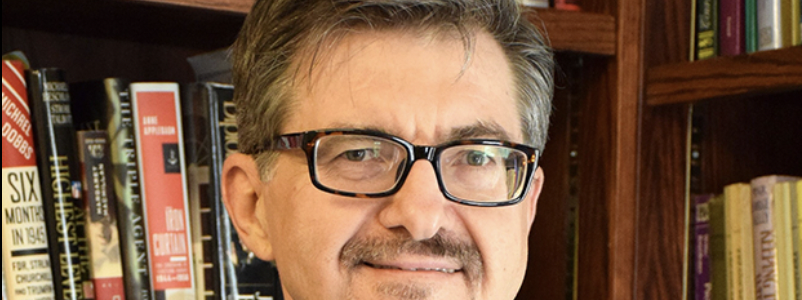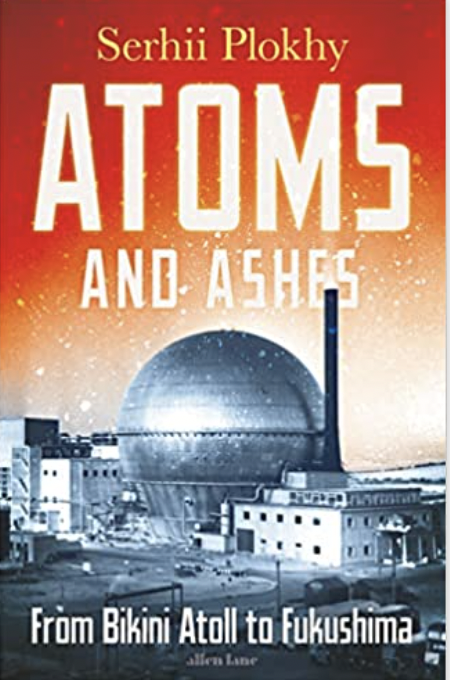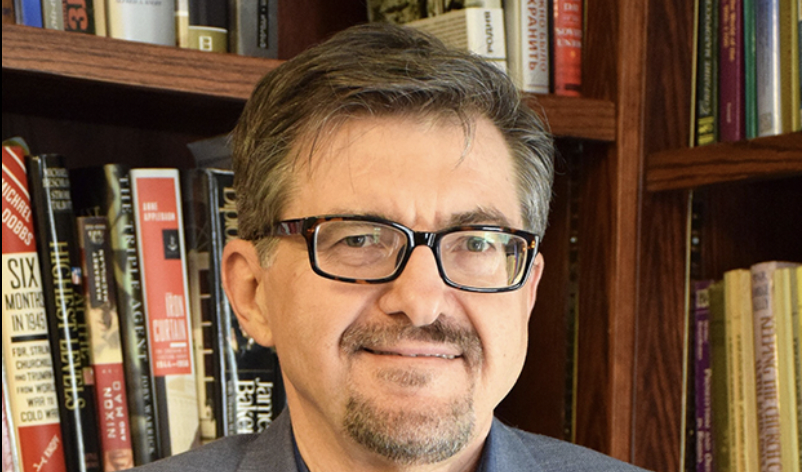
Nuclear disasters that revived fears about the safety of all reactors


An illuminating exploration of the atomic age through the history of six nuclear disasters by the best-selling historian, a Ukrainian now teaching at Harvard, Serhii Polkhy. In 2011, a 43-foot-high tsunami crashed into a nuclear power plant in Fukushima, Japan, the explosions would rip buildings apart three reactors would go into nuclear meltdown, and classified as one of the worst nuclear disasters ever, as the surrounding area would be swamped into radioactive water.
Plokhy traces the arch of each crisis, exploring the in-depth sale of disasters of Bikini Atoll, Kyshtym, Windscale, Three Mile Island, Chornobyl, and Fukushima. Polkhy traces the arc of each crisis, exploring in-depth the confused decision-making on the ground and the panicked responses of governments to contain the crises and often cover up the scale of the catastrophe.
In the midst of looking for renewable and alternative sources of energy, Polkhy lucidly argues that the atomic risk must be understood in explicit terms, and reveal a fundamental truth about these calamities and reveal a fundamental truth about our relationship with nuclear technology that the thirst for power and energy has always trumped safety and the cost for future generations.
1979, China Syndrome Film, shows a TV reporter played by Jane Fonda witnessing a nuclear power plant going through an emergency shut down. When supervisor Jack Lemon realises the problem is a poorly welded pump, he faces denials and alerts his superiors to the risk of a major meltdown, being to avoid the cost of rectifying the fault, they stall. He is shot by the police followed by a major accident at the plant.
In March 1979 there was an incident at the Three Mile Island nuclear plant about 10 miles from Pennsylvania’s state capital Harrisburg when the night crew became aware of a problem with the coolant system. The operators had Naval backgrounds having worked on the US Navy’s pioneering nuclear submarine programme of the early 1950s. When they tried to regain control they had to switch off the water supply the reactor overheated.
The disaster at Chornobyl in Ukraine in 1986 led to radiation being spread far and wide in Europe -Western as well as eastern. A reactor became unstable during the course of a planned decrease in power as part of a safety test, which led to the core melting down and explosions that destroyed the building leading to over a week of radiation being released.
In Fukushima, water was getting to the reactors just in time to cool them as one was about to explode, reviving concerns about the safety of all reactors and leading to doubts about the wisdom of their construction. Polkhy stresses the understanding of human and organisational factors that can contribute to calamitous errors.
The book charts military-related near-misses with a miscalculation of the radiation effects and the direction of the winds that led to the catastrophically bungled test of a thermonuclear weapon at the Marshall Islands in the Pacific in 1954.
In 1957, a nuclear waste tank exploded at a plutonium complex near the town of Kyshtym in the Urals, releasing large amount of radiation.
In the same year, a fire raged for three days in one of the reactors in Windscale in North West England, built to produce plutonium and tritium fuel for atomic weapons with significant radiation released.
Atoms and Ashes explain the technical aspects of the unfolding disasters while also exploring the role of human and organisational factors, and political demands created to meet ambitious targets, even if it meant cutting corners.
Three Mile Island, Chornobyl, and Fukushima all led to respective governments to rethink their nuclear programmes. Then German chancellor, Angela Merkel’s hasty response to Fukushima am accident that occurred in a modern, well-run country like her own – accelerated the phasing out of her country’s reactors with it greater emphasis on renewables, but sadly that decision left Germany more dependent on imported Russian oil and gas.
In this study of the atomic age and its perils, Plokhy had previously written on the 1986 Chornobyl reactor disaster and the 1962 Cuban missile crisis. Polkhy distinguishes between Atoms for Peace accidents and Atoms for War accidents associated with the rush to acquire nuclear weapons during the first years of nuclear war.
Atoms And Ashes: From Bikini Atoll to Fukushima by Serhii Polkhy, Allen Lane £25, WW Norton $30, 384 pages.
